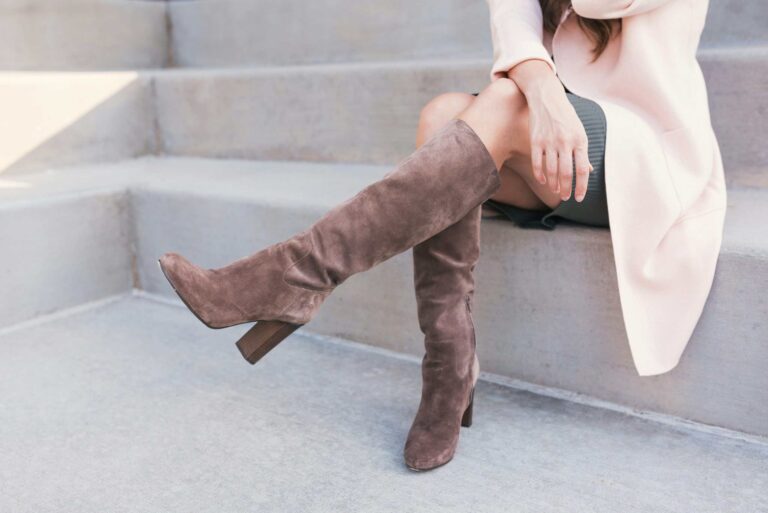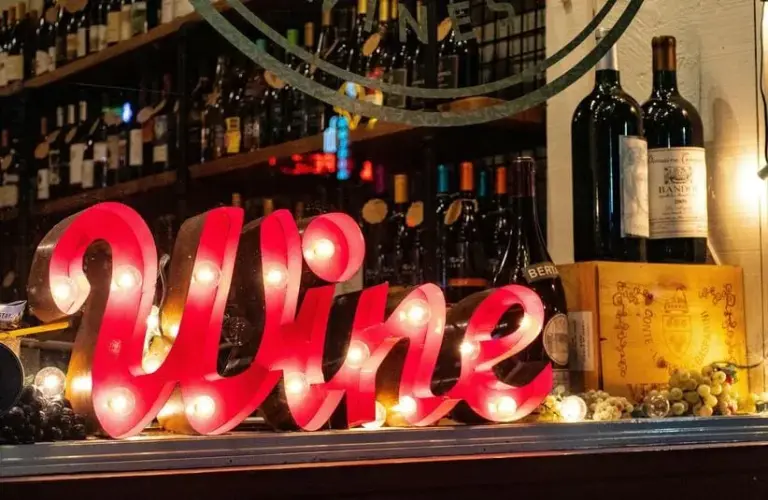Cracker Barrel Logo Rebrand 2025: Why It Backfired and What’s Next
Sometimes even the best-laid plans crash harder than a dropped biscuit. That’s exactly what happened when Cracker Barrel tried to modernize its iconic logo this August, only to face such fierce backlash that the company reversed course faster than a Sunday dinner rush. The Tennessee-based restaurant chain thought it was making a smart business move. Instead, it learned a painful lesson about messing with nostalgia in an era where every corporate decision becomes a political football.
Why Cracker Barrel Needed a Logo Rebrand
The numbers don’t lie. When CEO Julie Felss Masino took the reins in July 2023, she inherited a company bleeding customers. Traffic had plummeted 16% compared to pre-pandemic levels, and consumer research painted a grim picture: Cracker Barrel wasn’t leading in food quality, value, or convenience.
“We are not leading in any area. We will change that,” Masino told investors with the confidence of someone who’d successfully transformed brands at Taco Bell and Starbucks.
The old logo, featuring Uncle Herschel in overalls leaning against a barrel with “Old Country Store” underneath, was charming but clunky. In an age where brands need to work on smartphone screens and social media platforms, the detailed illustration looked dated and hard to read at small sizes.
Richard Wilke, a former branding executive who helped rebrand Delta Air Lines and Walmart, said, “Cracker Barrel’s existing logo is too detailed and fussy for the digital age.”
The Great Logo Rebrand Disaster
On August 18, Cracker Barrel quietly unveiled its new look: a clean, minimalist design featuring just the company name in brown letters on a gold background. Uncle Herschel was nowhere to be found.
The reaction was swift and brutal. Social media exploded with angry customers threatening boycotts. Donald Trump Jr. piled on, followed by President Trump himself, who declared via Truth Social that the company should “go back to the old logo, admit a mistake based on customer response (the ultimate Poll).”
Even rival chain Steak ‘n Shake smelled blood in the water, calling the rebrand “a cheap effort to gain the approval of trend seekers” and adding that “Heritage is what got Cracker Barrel this far.”
The financial markets weren’t impressed either. Cracker Barrel’s stock dropped more than 10% in the days following the logo launch, wiping out the year’s gains.
What Went Wrong With the Cracker Barrel Logo Strategy
The problem wasn’t just the logo itself—it was how Cracker Barrel handled the rollout. The company buried news of the change in the fourth paragraph of a press release about fall menu items. No fanfare, no explanation, no acknowledgment of what Uncle Herschel meant to loyal customers. Compare that to Walmart’s masterful 2008 rebrand. The retail giant spent over a year gradually transforming stores, training employees, and introducing its new slogan before finally unveiling a new logo. By then, customers were already comfortable with the changes.
“The logo change was almost a natural conclusion to this multi-year transformation,” Wilke noted. “I suspect that if we did it in the same sequence as Cracker Barrel, we would have gotten the same noise.”
Cracker Barrel essentially tried to rip off a Band-Aid that had been stuck for 56 years. Customers felt blindsided and betrayed.
The Politics of Corporate Branding
This controversy highlighted how corporate decisions now get dragged into political debates. What should have been a straightforward business decision became a cultural flashpoint about preserving American traditions versus embracing change. Wilke expressed frustration with this trend: “This isn’t a political story. If politicians now turn every company logo design update into a debate about being ‘woke’ or ‘anti-woke,’ we are headed into a damaging new era for corporate branding.”
The incident joins a growing list of corporate missteps that have become political lightning rods, from Bud Light’s partnership with a transgender influencer to American Eagle’s genetics-themed ad campaign featuring Sydney Sweeney.
Cracker Barrel’s Rapid Retreat
Faced with mounting pressure, Cracker Barrel initially tried to weather the storm. On Monday, the company apologized on its website, saying it “could have done a better job sharing who we are and who we’ll always be.”
But by Tuesday evening, the company had completely capitulated. Uncle Herschel was back, and the new logo was history.
The reversal sent Cracker Barrel’s stock soaring 8% on Wednesday, pushing shares to $62.33—higher than before the logo controversy began. Investors clearly preferred the old-fashioned approach.
What’s Next for Cracker Barrel After the Logo Rebrand Failure
Thomas Murphy, a business professor at Clark University, called the retreat a “positive course correction” given the intensity of fan reactions. He suggested the company should focus on reinforcing its commitment to heritage and values rather than dramatic visual changes.
The failed logo rebrand doesn’t mean Cracker Barrel should abandon all modernization efforts. Masino’s other changes—updated menu items like Hashbrown Casserole Shepherd’s Pie, lighter restaurant interiors, and more comfortable seating—have actually helped drive four consecutive quarters of same-store sales growth.
The lesson here is clear: evolution works better than revolution, especially for beloved American institutions. Cracker Barrel can continue refreshing its restaurants and menu while keeping the visual symbols that connect emotionally with customers.
Moving Forward Without Alienating Customers
Cracker Barrel now faces the challenge of continuing its transformation without triggering another customer revolt. The company has proven it can successfully update its operations—it just needs to be more careful about how it communicates changes to its loyal base.
Future rebranding efforts should involve customers from the start, explaining the reasoning behind changes and showing how new elements complement rather than replace cherished traditions. The company also needs to distinguish between necessary business updates and symbolic changes that touch the heart of its brand identity.
For now, Uncle Herschel is safe on his barrel, and Cracker Barrel customers can return to arguing about more important things—like whether the chicken and dumplings are better than the meatloaf.






